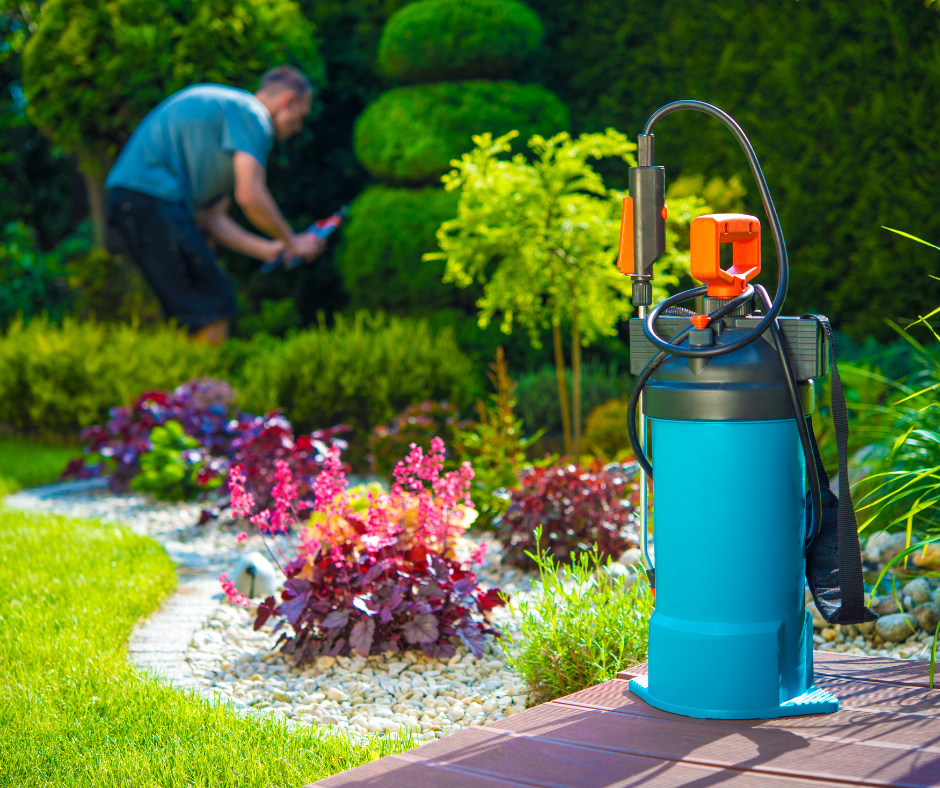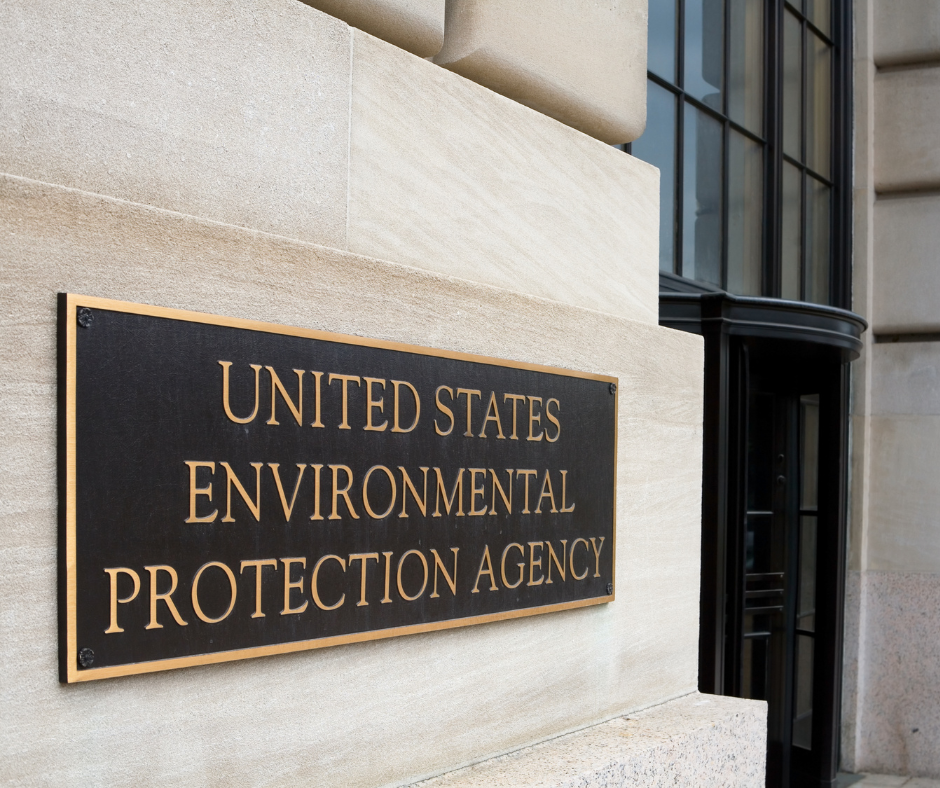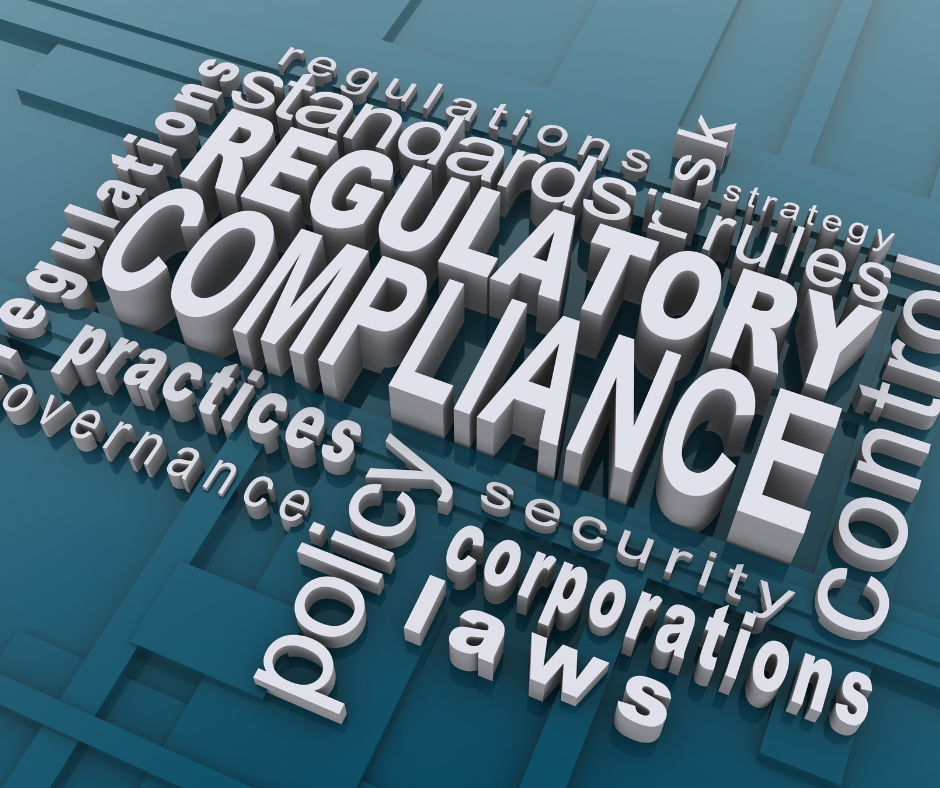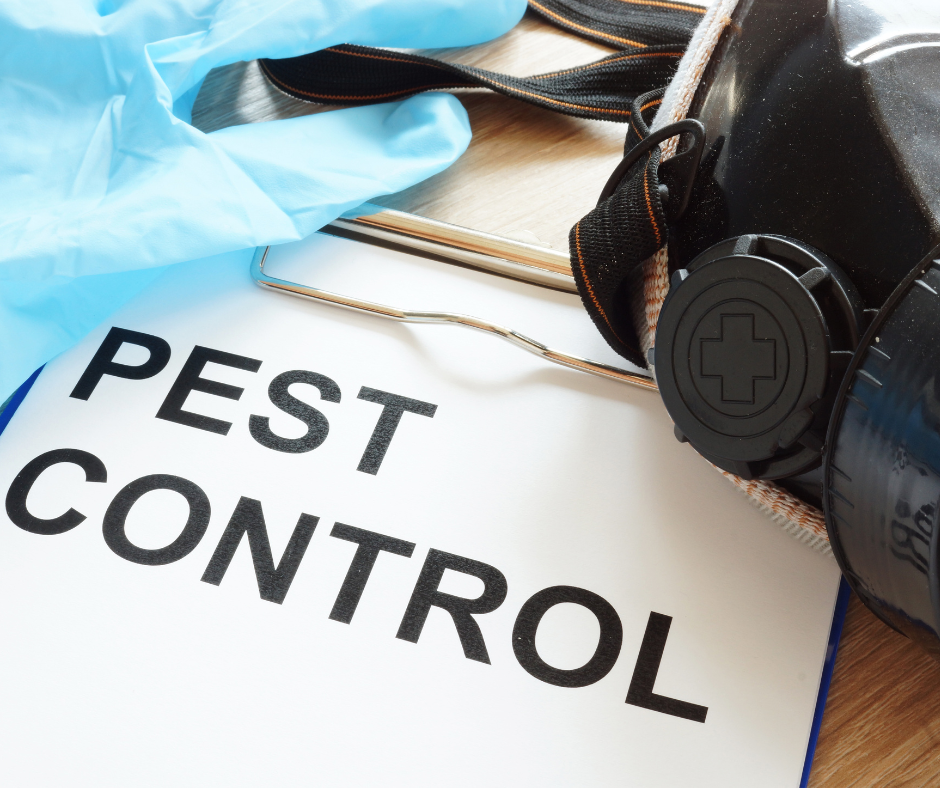Pest control is essential for protecting public health, agriculture, and property. Chemicals have been widely used for pest control for decades, but their use raises concerns about environmental impact, safety, and efficacy. Selecting the best ingredients for pest control chemical production is critical to ensure the effectiveness and safety of the product.
In this article, we will discuss the key steps for selecting the best ingredients for pest control chemical production, including identifying the target pest, reviewing existing literature, consulting with experts, conducting research, evaluating toxicity, considering environmental impact, checking for regulatory compliance, assessing stability, determining the best formulation, and evaluating cost-effectiveness.
When selecting the best ingredients for pest control chemical production, it's essential to consider various factors, including:
- Effectiveness: The ingredients should be effective in controlling the target pests. The active ingredients should be proven to have a high level of efficacy, and the formulation should be designed to deliver the active ingredient efficiently.
- Safety: Safety is a critical factor to consider when selecting ingredients for pest control chemicals. The ingredients used should not pose any significant risks to humans, animals, or the environment.
- Environmental impact: It's crucial to consider the environmental impact of the ingredients used in the production of pest control chemicals. Choose ingredients that have a minimal impact on the environment and do not harm non-target species.
- Regulations: Regulations vary from country to country, and it's important to consider the regulatory requirements for pest control chemicals in your area. Ensure that the ingredients used in the production of the chemical are legal and comply with all relevant regulations.
- Cost: The cost of the ingredients used in the production of pest control chemicals is an important factor to consider. Choose ingredients that are cost-effective and can be easily sourced.
- Stability: The stability of the ingredients used in pest control chemicals is also important. The ingredients should not degrade over time, and the formulation should remain stable under various conditions.
Overall, it's important to balance all of these factors when selecting the best ingredients for pest control chemical production. Consult with experts and conduct thorough research before making any decisions.
Ways to Select the Best Ingredients for Pest Control Chemical Production
Lets us look at best ways to select the best ingredients:
Identify the target pest
Identifying the target pest is the first step in selecting the best ingredients for pest control chemical production. It's important to understand the specific pest you want to control, including its behavior, lifecycle, and habits. Some common target pests include:
- Insects: These include ants, cockroaches, bed bugs, fleas, ticks, and mosquitoes.
- Rodents: These include rats and mice.
- Birds: These include pigeons and seagulls.
- Termites: Termites are destructive pests that can cause significant damage to wooden structures.
- Nuisance wildlife: This includes animals such as raccoons, squirrels, and bats.
- Weeds: Weeds can be a significant problem in agricultural settings and gardens.
Understanding the target pest can help in selecting the right active ingredients and formulations to control the pest effectively. Different pests require different types of treatments, and selecting the right ingredients can ensure that the pest control chemical is effective and safe to use.
Review the existing literature
Reviewing the existing literature on pest control is an important step in selecting the best ingredients for pest control chemical production. This can include scientific studies, reports, and other literature that discuss the latest developments and effective ingredients in pest control. Here are some ways to review the existing literature:
- Conduct a literature search: Use online databases and search engines to look for scientific studies, reports, and other literature on pest control. Some popular databases include PubMed, ScienceDirect, and Google Scholar.
- Consult with experts: Consult with pest control experts or professionals who can provide guidance on the latest trends and effective ingredients in pest control.
- Attend industry events: Attend industry events, such as conferences and seminars, to learn about the latest developments and trends in pest control.
- Join industry groups: Join industry groups or associations that focus on pest control to stay updated on the latest trends and research.
Reviewing the existing literature can help you stay updated on the latest developments and effective ingredients in pest control. This can help you select the best ingredients for pest control chemical production and ensure that your products are effective and safe to use.
Consult with experts
Consulting with experts is a crucial step in selecting the best ingredients for pest control chemical production. Experts can provide valuable guidance and insights on the best ingredients and formulations for specific pests. Here are some ways to consult with experts:
- Pest control professionals: Pest control professionals, such as exterminators or pest control consultants, have hands-on experience in dealing with different types of pests. They can provide valuable insights on the best ingredients and formulations for specific pests.
- Scientists and researchers: Scientists and researchers who specialize in pest control can provide guidance on the latest trends and effective ingredients in pest control. They can also help evaluate the safety and efficacy of different ingredients.
- Industry associations: Industry associations that focus on pest control, such as the National Pest Management Association or the Pest Control Operators of California, can provide guidance on the latest trends and developments in the industry.
- Government agencies: Government agencies, such as the Environmental Protection Agency, can provide guidance on regulatory requirements for pest control chemicals and the safety of different ingredients.
Consulting with experts can help you make informed decisions on selecting the best ingredients for pest control chemical production. They can provide valuable insights on the safety, efficacy, and cost-effectiveness of different ingredients and formulations.
Conduct research
Conducting research is an essential step in selecting the best ingredients for pest control chemical production. Research can help identify active ingredients that have been proven effective in controlling pests and can also provide information on the safety and environmental impact of different ingredients. Here are some ways to conduct research:
- Scientific studies: Review scientific studies that have been conducted on the effectiveness and safety of different ingredients in controlling pests.
- Government reports: Review government reports on the safety and environmental impact of different ingredients used in pest control chemicals.
- Industry publications: Review industry publications that focus on pest control to stay updated on the latest trends and effective ingredients in pest control.
- Online resources: Use online resources, such as blogs, forums, and social media, to gather information on the effectiveness and safety of different ingredients.
- Conduct trials: Conduct trials to test the effectiveness and safety of different ingredients in controlling pests. These trials can help determine the best ingredients and formulations for specific pests.
Conducting research can help identify the best ingredients for pest control chemical production. It can also help ensure that the ingredients used are safe for the environment and non-target species.
Evaluate the toxicity
Evaluating the toxicity of the ingredients is an important step in selecting the best ingredients for pest control chemical production. It's essential to ensure that the ingredients used are safe for human health and the environment. Here are some ways to evaluate the toxicity of the ingredients:
- Review toxicity data: Review toxicity data for the ingredients used in pest control chemicals. This information is usually available from regulatory agencies or can be found in scientific studies.
- Consult with toxicologists: Consult with toxicologists to evaluate the safety of the ingredients used. They can provide guidance on the potential health risks associated with exposure to these ingredients.
- Consider exposure routes: Consider the potential exposure routes for the ingredients used, such as inhalation, ingestion, and skin contact. This can help determine the potential health risks associated with exposure to these ingredients.
- Evaluate environmental impact: Evaluate the potential environmental impact of the ingredients used. Consider the potential impact on non-target species and ecosystems.
- Check regulatory requirements: Check regulatory requirements for the ingredients used in pest control chemicals. Regulatory agencies may have established safety thresholds or restrictions on the use of certain ingredients.
Evaluating the toxicity of the ingredients used in pest control chemicals is crucial for ensuring that the products are safe for human health and the environment. This can help build trust with customers and regulators and ensure the long-term success of the business.
Consider environmental impact
Considering the environmental impact of the ingredients used in pest control chemical production is a crucial step in selecting the best ingredients. Pest control chemicals can have adverse effects on non-target species and ecosystems, so it's important to choose ingredients that are less harmful to the environment. Here are some ways to consider the environmental impact of the ingredients:
- Review environmental studies: Review environmental studies that have been conducted on the ingredients used in pest control chemicals. This can help determine the potential environmental impact of these ingredients.
- Evaluate the potential for bioaccumulation: Evaluate the potential for bioaccumulation of the ingredients used in pest control chemicals. Bioaccumulation can occur when ingredients accumulate in the tissues of organisms and can have adverse effects on their health.
- Consider the potential for environmental persistence: Consider the potential for environmental persistence of the ingredients used in pest control chemicals. Some ingredients can persist in the environment for a long time and can have long-term effects on non-target species and ecosystems.
- Choose ingredients with lower toxicity: Choose ingredients with lower toxicity to reduce the potential impact on non-target species and ecosystems.
- Consider alternative pest control methods: Consider alternative pest control methods, such as integrated pest management, that rely on non-chemical approaches to control pests. These methods can be less harmful to the environment and can reduce the need for chemical pest control.
Considering the environmental impact of the ingredients used in pest control chemicals is crucial for protecting non-target species and ecosystems. It can also help build trust with customers and regulators and ensure the long-term success of the business.
Check for regulatory compliance
Checking for regulatory compliance is an important step in selecting the best ingredients for pest control chemical production. Regulatory compliance ensures that the ingredients used in pest control chemicals meet safety and environmental standards and can help avoid legal and financial consequences. Here are some ways to check for regulatory compliance:
- Check for registration: Check if the ingredients used in pest control chemicals are registered with regulatory agencies, such as the Environmental Protection Agency or Health Canada. Registration ensures that the ingredients have been evaluated for safety and efficacy.
- Check for restrictions: Check for any restrictions on the use of the ingredients, such as limitations on the types of pests they can be used for or the application methods.
- Check for labeling requirements: Check for labeling requirements for the ingredients used in pest control chemicals. Labels must include information on the active ingredients, directions for use, and safety precautions.
- Check for safety data sheets: Check for safety data sheets for the ingredients used in pest control chemicals. Safety data sheets provide information on the potential health hazards, handling procedures, and emergency response measures.
- Consult with regulatory experts: Consult with regulatory experts to ensure compliance with all applicable regulations. Regulatory experts can provide guidance on the requirements for registering and labeling pest control chemicals.
Checking for regulatory compliance is essential for ensuring the safety and efficacy of pest control chemicals. It can also help avoid legal and financial consequences and build trust with customers and regulators.
Assess stability
Assessing the stability of the ingredients used in pest control chemical production is important to ensure the product's shelf life and efficacy. The stability of the ingredients can affect the product's performance and its ability to control pests. Here are some ways to assess stability:
- Conduct stability testing: Conduct stability testing on the ingredients to determine their shelf life and potential for degradation. Stability testing involves storing the ingredients under different conditions, such as varying temperatures and humidity levels, to evaluate their stability over time.
- Evaluate storage conditions: Evaluate the storage conditions for the ingredients to ensure they are stored appropriately. Ingredients should be stored in cool, dry places away from sunlight and other potential sources of degradation.
- Check for compatibility: Check for compatibility of the ingredients with other components of the pest control product, such as surfactants or solvents. Incompatibility can lead to reduced efficacy or stability of the product.
- Consider the formulation type: Consider the formulation type, such as liquid or solid, and its impact on the stability of the ingredients. Some ingredients may be more stable in one type of formulation than another.
- Monitor product performance: Monitor the product's performance over time to ensure it remains effective. If there are any signs of decreased performance, it may be necessary to reformulate or modify the product.
Assessing the stability of the ingredients used in pest control chemical production is essential to ensure the product's effectiveness and shelf life. It can also help avoid product recalls and build trust with customers.
Determine the best formulation
Determining the best formulation for pest control chemical production is important to ensure the effectiveness and safety of the product. The formulation of the product can affect its stability, efficacy, and ease of application. Here are some ways to determine the best formulation:
- Evaluate the type of pest: Evaluate the type of pest that the product will target. Different pests may require different formulations for effective control.
- Consider the application method: Consider the application method for the product, such as spraying, baiting, or trapping. The formulation should be compatible with the application method and provide optimal coverage.
- Evaluate the active ingredients: Evaluate the active ingredients and their solubility, compatibility, and stability in different formulations. Some active ingredients may be more effective in certain formulations than others.
- Consider safety and toxicity: Consider the safety and toxicity of the formulation to humans, pets, and non-target species. The formulation should be designed to minimize exposure and potential harm.
- Evaluate ease of use: Evaluate the ease of use of the formulation for applicators and customers. The formulation should be easy to handle and apply, and the instructions should be clear and concise.
Determining the best formulation for pest control chemical production is critical to ensure the safety and efficacy of the product. It can also help build trust with customers and increase the product's marketability.
Evaluate cost-effectiveness
Evaluating cost-effectiveness is an important step in selecting the best ingredients for pest control chemical production. The cost of the ingredients used in the product can affect the overall cost of production, which can impact the product's price and profitability. Here are some ways to evaluate cost-effectiveness:
- Conduct a cost-benefit analysis: Conduct a cost-benefit analysis to evaluate the costs and benefits of using different ingredients in the product. The analysis should consider factors such as the cost of the ingredients, the expected efficacy of the product, and the potential revenue generated from sales.
- Evaluate the price point: Evaluate the price point of the product and determine the maximum cost that can be allocated to the ingredients without negatively impacting profitability or marketability.
- Consider the volume of production: Consider the volume of production and the economies of scale that may be achieved with larger volumes. Bulk purchases of ingredients may result in cost savings that can be passed on to customers.
- Evaluate the product's lifespan: Evaluate the lifespan of the product and the expected frequency of use. If the product is expected to have a short lifespan, it may be necessary to use lower-cost ingredients to maintain cost-effectiveness.
- Consider the competitive landscape: Consider the competitive landscape and the prices of comparable products in the market. The ingredients used in the product should be cost-effective relative to competitors' products.
Evaluating cost-effectiveness is critical to ensure the profitability and marketability of the product. It can also help maintain customer loyalty by providing an affordable and effective pest control solution.
How can Deskera Help You?
Deskera's integrated financial planning tools allow investors to better plan their investments and track their progress. It can help investors make decisions faster and more accurately.
Deskera Books can assist you in automating your accounting and mitigating business risks. Deskera makes it easier to create invoices by automating many other procedures, reducing your team's administrative workload.
Deskera also offers a suite of integrated applications to help businesses manage their financials, inventory, and operations. Furthermore, other business aspects such as HR (Deskera People), CRM (Deskera CRM), and ERP are provided by Deskera. These could be crucial and can help short sellers keep track of their businesses and make better decisions.
Key Takeaways
- Selecting the best ingredients for pest control chemical production is essential for ensuring the effectiveness and safety of the product.
- Identifying the target pest is the first step in selecting the appropriate ingredients and formulation.
- Reviewing existing literature, consulting with experts, and conducting research can provide valuable information for selecting the best ingredients.
- Evaluating toxicity, considering environmental impact, checking for regulatory compliance, assessing stability, and determining the best formulation are all critical steps in selecting the best ingredients for pest control chemical production.
- Evaluating cost-effectiveness is also important to ensure the product is profitable and competitive in the market.
- Overall, careful consideration of all these factors can help ensure that the pest control product is effective, safe, and sustainable.
Related Articles












